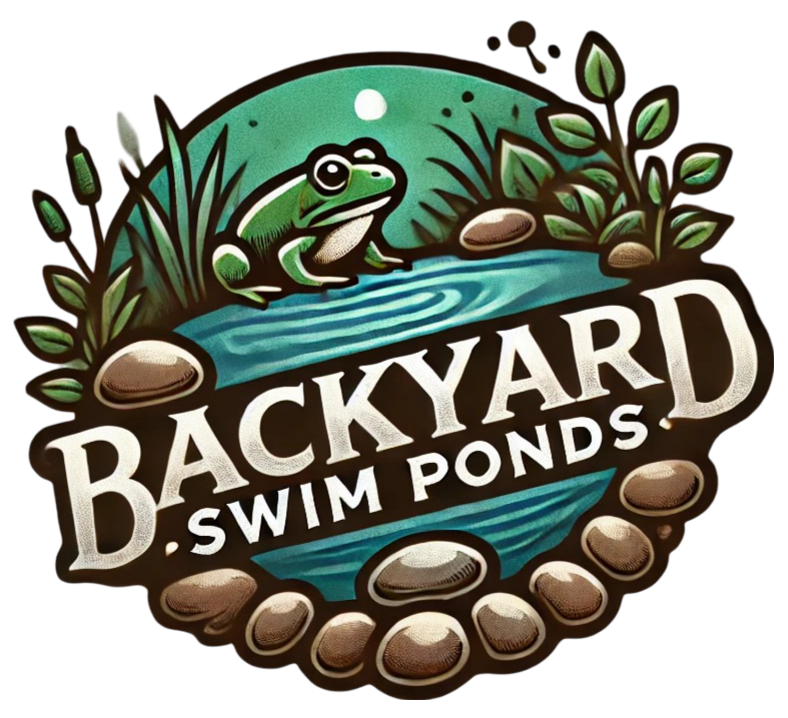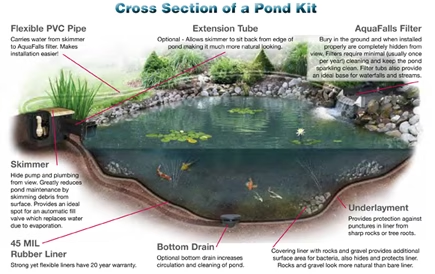If you own a swim pond, winterizing it effectively is essential, especially if you live in colder climates. Winterproofing your swim pond without draining it not only protects the aquatic life within but also saves you from the hassle of refilling and conditioning the water every spring. With the right techniques and equipment, you can ensure that your pond remains a healthy and vibrant ecosystem throughout the winter months. This guide will walk you through practical steps to keep your pond intact and functional, addressing some common concerns along the way.
By preparing properly for winter, you’ll contribute to a better environment for fish and plants alike, ensuring that your swim pond continues to be a beautiful addition to your landscape all year round. Let’s explore how to winterize your pond, the plants that can flourish even in cold weather, and what it takes to keep your aquatic life safe during the winter chill.
How Can I Protect My Swim Pond from Freezing?
To safeguard your swim pond from freezing solid, focus on several key factors: depth, design, and equipment.
A primary consideration is the depth of your pond. Aim for a depth of at least 1 to 2 meters, as this provides insulation for the water below, preventing it from freezing completely. Additionally, a minimum surface area of 45 to 50 square meters is recommended to support a healthy ecosystem.
Next, pay attention to your pond liner. Use materials designed to withstand extreme cold temperatures, ensuring that they remain intact throughout the winter. Plumbing is another crucial aspect; install plumbing lines below the frost line to prevent any damage caused by ice expansion.
Lastly, keeping your pumps operational on a low-speed setting during winter is beneficial. This helps maintain water circulation, which reduces the chances of ice formation. Consulting with local experts can provide you with insights specific to your region’s requirements.
This diagram illustrates a cross-section view of a winterproof pond, highlighting recommended depth and plumbing placement to prevent freezing (Source: EasyPro Pond Products)
Which Plants Thrive in a Cold Climate Swim Pond?
Choosing the right aquatic plants is essential for maintaining a lively swim pond in colder temperatures. Hardy perennial water plants are your best option, as they can survive freezing conditions and come back strong in springtime. It’s beneficial to select locally-sourced plants that have adapted to your area’s climate.
It’s also important to maintain a good balance between planted areas and swimming areas. A typical guideline is a ratio of 50/50, though you may need to adjust this based on specific factors such as sunlight exposure and water temperature.
As fall arrives, make sure to trim the plants back. This keeps your pond looking neat and facilitates healthier regrowth come spring. Preparing your plants properly for dormancy will also help ensure they thrive when the weather warms again.
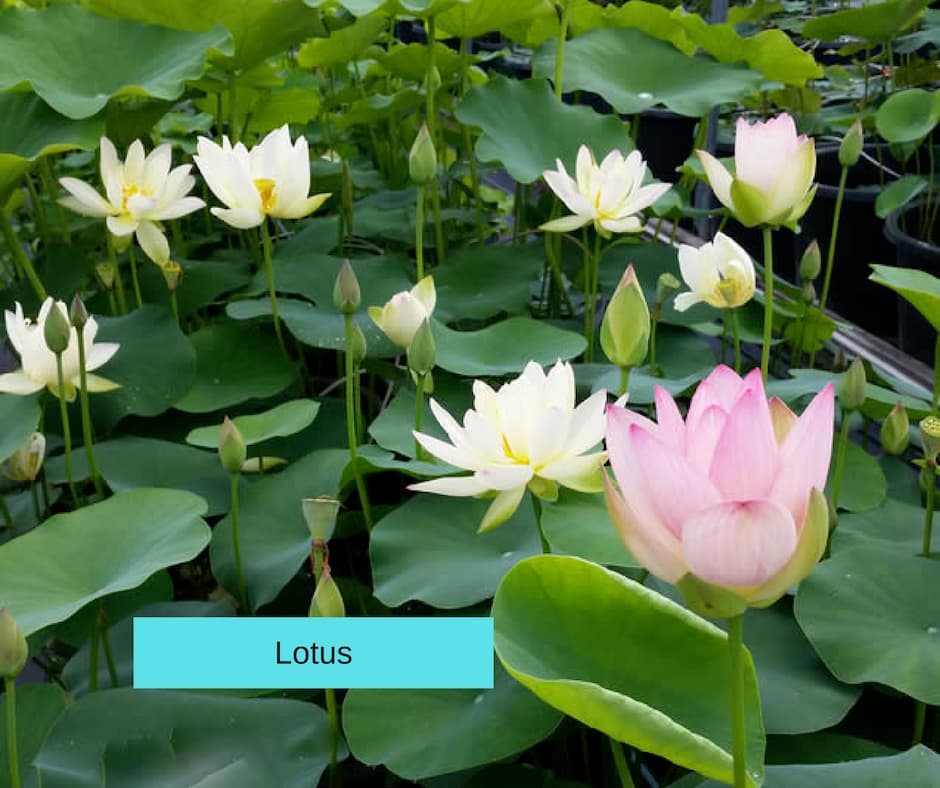
These cold-hardy aquatic plants can survive winter conditions in northern climates (Source: Atlantis Water Gardens)
Winterizing Without Emptying Your Pond – Is It Possible?
Yes, effective winterization of your pond without draining it is entirely feasible. Start with your pumps and filtration systems. If you’re using submersible pumps, remove them when winter approaches and store them in a bucket of water to keep the seals moist.
Most filtration systems can handle cold weather if maintained correctly, but it is advisable to remove and store pressurized filters until spring. Be sure to clean the filter pads and media thoroughly before storing them, which helps ensure their longevity.
Consider installing aeration systems that facilitate oxygen circulation. A small aerator pump, about 320 gallons per hour, placed in areas of 12 to 16 inches deep can effectively keep your pond oxygenated during winter. If necessary, add a floating de-icer to keep a section of water from freezing completely.
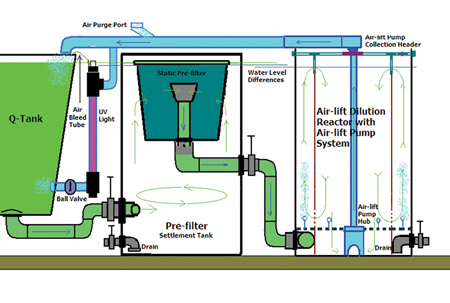
This diagram outlines the steps required to winterize a pond without draining it, including managing equipment and plants (Source: Pond Trade Magazine)
How Do I Keep My Fish Safe during Winter?
Protecting your fish during the winter months is crucial for their health. To start, keep a close eye on the water temperature, as many fish species prefer conditions above 4°C (39°F).
Maintaining oxygen levels in the pond is vital. Aerators not only provide required oxygen but also minimize ice formation. Furthermore, managing waterfalls in or near your pond is important to prevent ice dams, which can disrupt water circulation.
If ice does begin to form, promptly remove any accumulating snow to allow sunlight to penetrate the surface. This can help maintain slightly warmer water temperatures beneath the ice, providing a more stable environment for your fish.
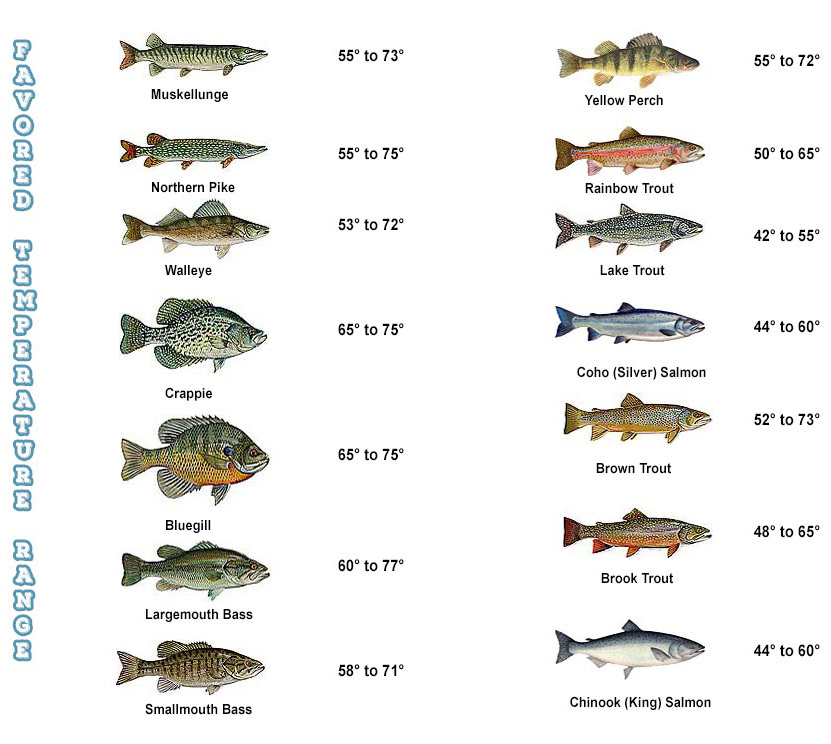
This chart highlights the recommended water temperatures for various fish species to help maintain their safety during winter months (Source: Mepps)
What is the Best Aeration System for Cold Weather?
Selecting the appropriate aeration system is key for a cold climate swim pond. There are several effective options, but focus on systems that withstand low temperatures without failure.
A smaller aerator pump, typically around 320 gallons per hour, is sufficient for most swim ponds. Position this pump in deeper sections of the pond, ideally in areas with 12 to 16 inches of water, to keep oxygen levels stable.
You may also want to include a floating de-icer, which prevents ice cover from forming and ensures that gas exchanges occur throughout winter. Local experts can provide guidance on specific models that work best in your area’s climate conditions.
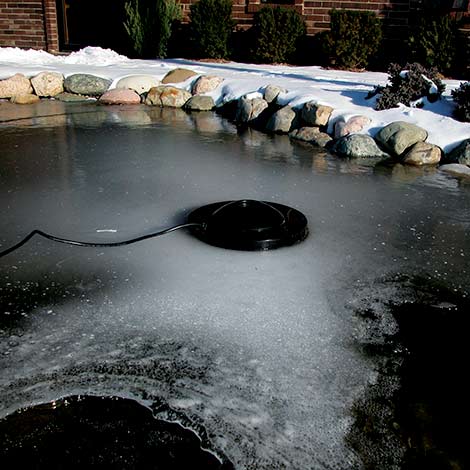
This image showcases various types of underwater aeration systems suitable for maintaining pond health in cold weather (Source: Winter Aeration)
What Are The Environmental Benefits of a Year-Round Swim Pond?
Maintaining a swim pond year-round comes with numerous environmental benefits. A key advantage is that these ponds provide habitat for many local species, including various birds, insects, and amphibians, playing a vital role in supporting biodiversity.
Additionally, natural swim ponds typically require less water to maintain than traditional landscaping options, like grass lawns. Implementing a rainwater harvesting system can further reduce the need for additional water sources, promoting conservation.
Moreover, the absence of harsh chemicals in swim ponds fosters a safer environment for both you and local wildlife. By eliminating the need for chemical treatments, these ponds also help lower your overall carbon footprint.

This infographic illustrates the environmental benefits of swim ponds, demonstrating support for wildlife and water conservation (Source: Pond and Garden Design)
How Do Winterproof Swim Ponds Compare with Traditional Pools?
When comparing swim ponds to traditional swimming pools, construction and maintenance costs can vary significantly. Natural swimming ponds can range from $65,000 to $250,000 depending on size and features. In contrast, traditional pools typically cost around $37,000 for simpler models.
While the initial investment for natural ponds may seem high, they often result in lower long-term maintenance costs—usually ranging from $450 to $5,000 annually—because they require less chemical intervention.
The usability factor is also noteworthy. Natural swim ponds can serve multiple purposes beyond swimming, such as forming habitats for wildlife and allowing for winter swimming with appropriate gear. This versatility can make a swim pond a more attractive option than traditional pools.

A comparison chart detailing the cost and maintenance needs of natural swimming ponds versus traditional swimming pools (Source: Fixr)
Conclusion
Winterproofing your swim pond without draining it is not just possible; it’s beneficial for preserving the aquatic life within. With careful attention to depth, plant selection, and appropriate winterization techniques, you can create a pond that thrives during the colder months.
As you prepare for winter, prioritize the well-being of your fish and plants. By following the guidelines presented in this article, not only will you enhance the health of your pond, but you’ll also contribute positively to your local ecosystem. A well-maintained, winter-ready swim pond can provide enjoyment and ecological benefits throughout the seasons, making it a treasured feature of your landscape for years to come.
